
How to Use Step down Module: Examples, Pinouts, and Specs
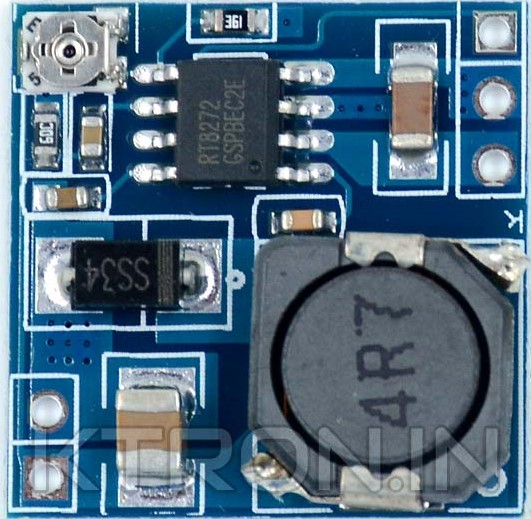
 Design with Step down Module in Cirkit Designer
Design with Step down Module in Cirkit DesignerIntroduction
The Nuke Smoll step-down module is a compact and efficient voltage regulator designed to convert a higher input voltage to a lower, regulated output voltage. This electronic component is essential in applications where the operating voltage of certain electronic devices is lower than the available power supply voltage. Common applications include battery-powered systems, power supply design, and embedded systems where a stable and lower voltage is required.
Explore Projects Built with Step down Module
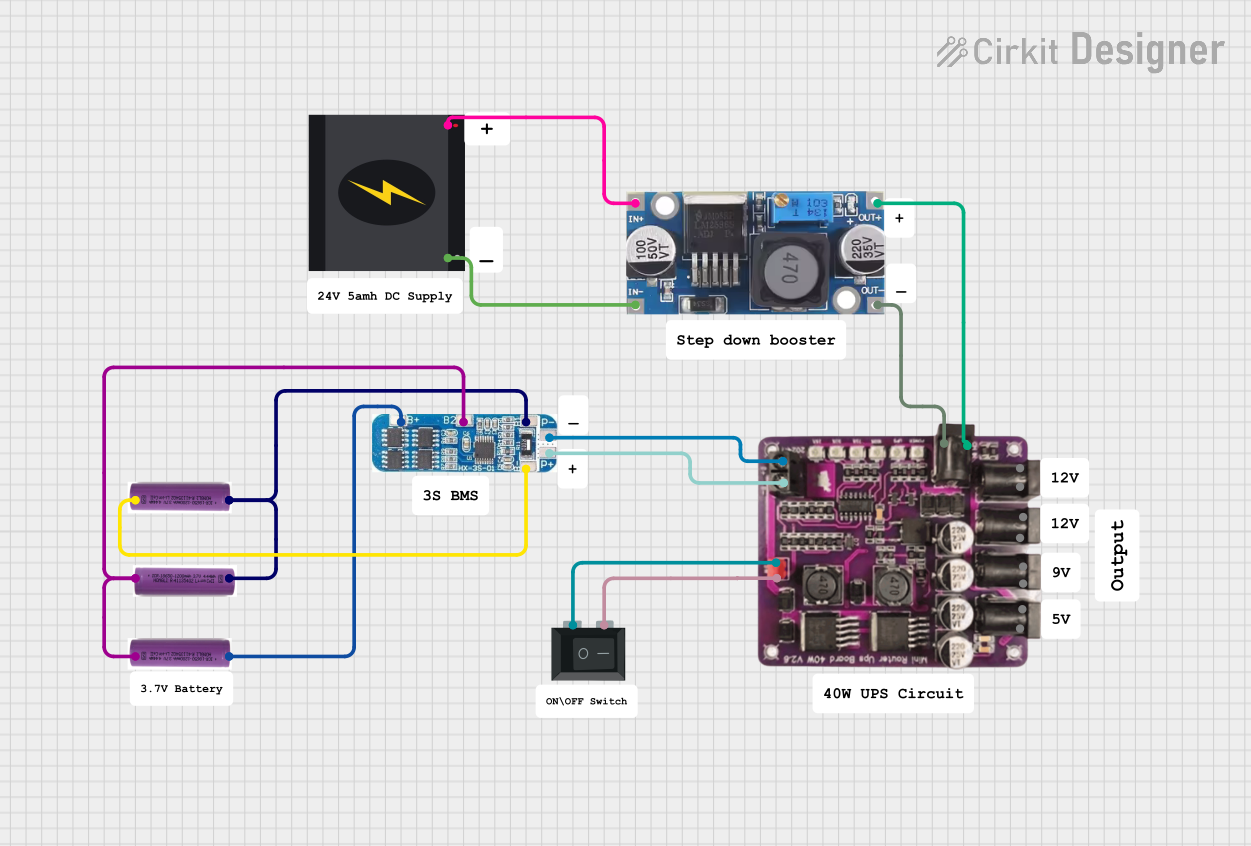
 Open Project in Cirkit Designer
Open Project in Cirkit Designer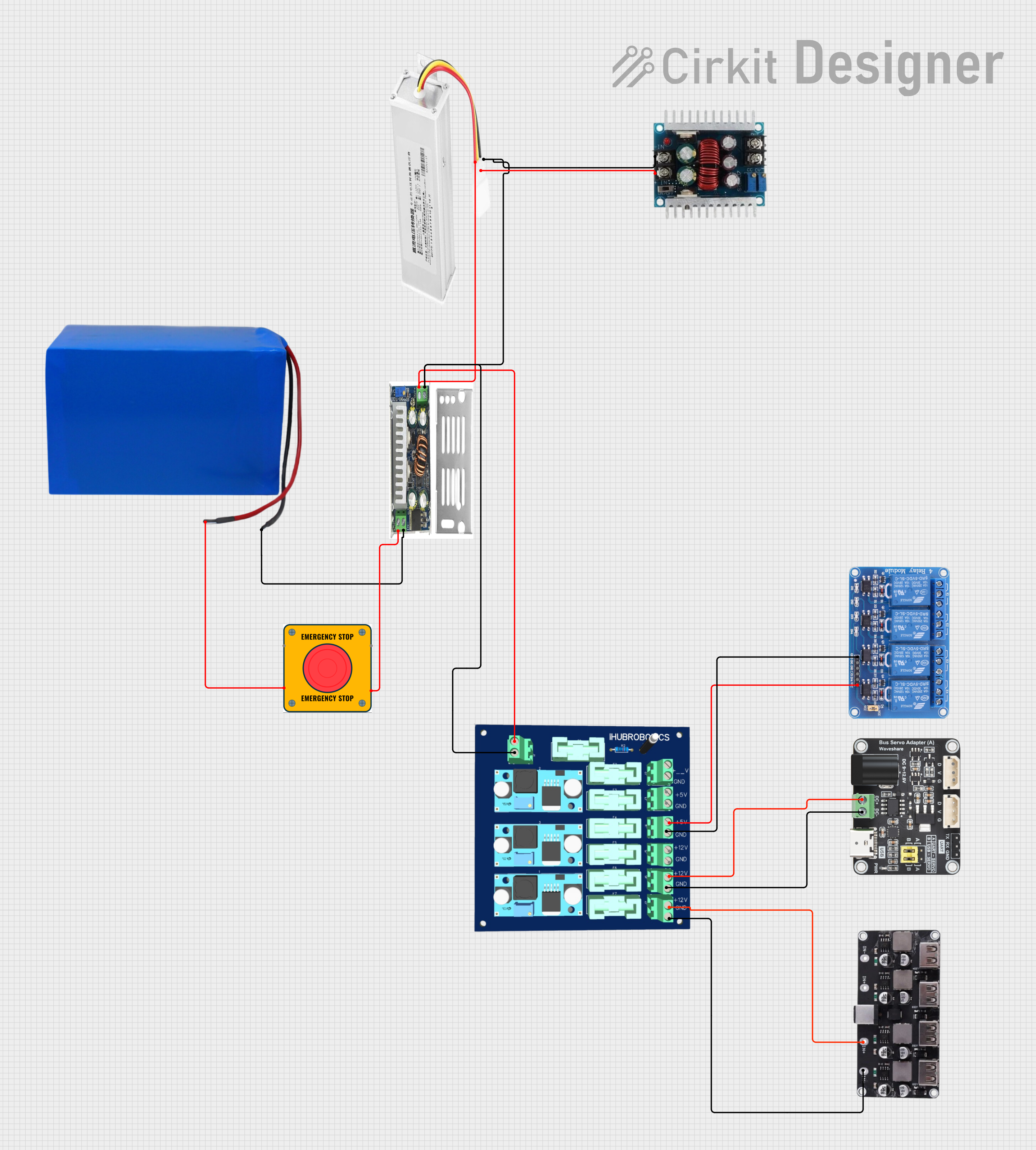
 Open Project in Cirkit Designer
Open Project in Cirkit Designer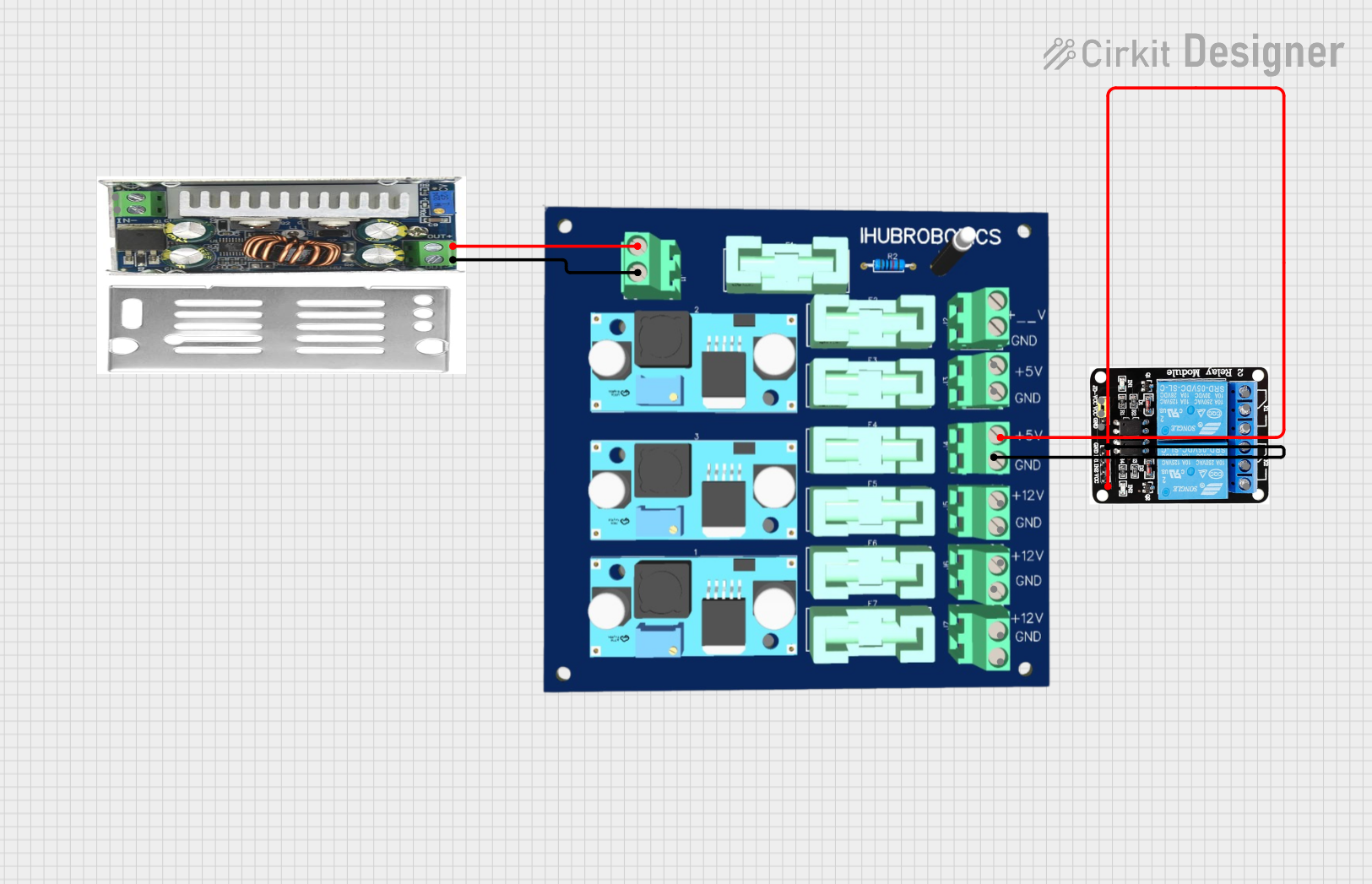
 Open Project in Cirkit Designer
Open Project in Cirkit Designer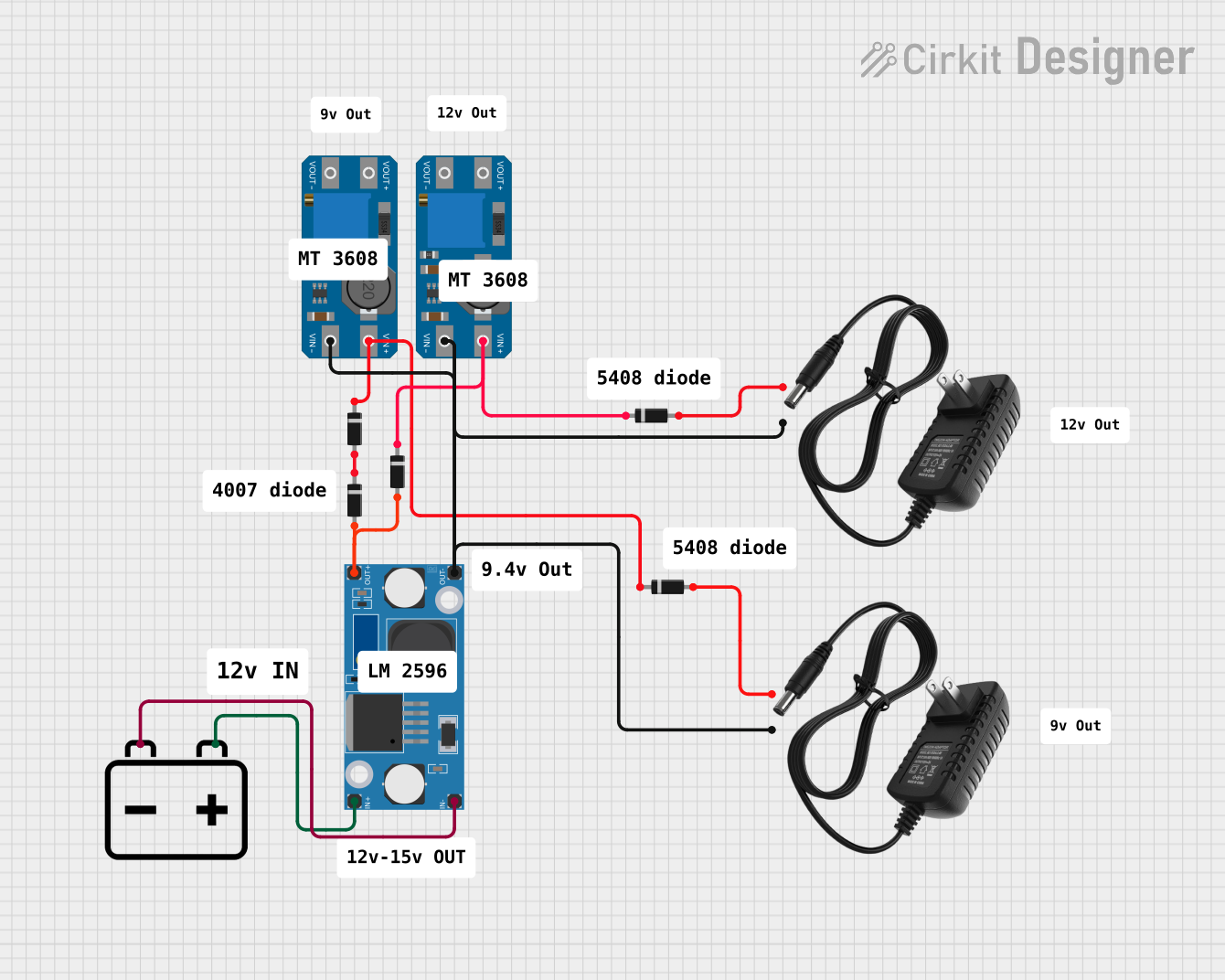
 Open Project in Cirkit Designer
Open Project in Cirkit DesignerExplore Projects Built with Step down Module

 Open Project in Cirkit Designer
Open Project in Cirkit Designer
 Open Project in Cirkit Designer
Open Project in Cirkit Designer
 Open Project in Cirkit Designer
Open Project in Cirkit Designer
 Open Project in Cirkit Designer
Open Project in Cirkit DesignerTechnical Specifications
Key Technical Details
- Input Voltage Range: 6V to 32V
- Output Voltage Range: 1.25V to 30V (adjustable)
- Maximum Output Current: 3A (with proper heat sinking)
- Conversion Efficiency: Up to 92%
- Switching Frequency: 150kHz
- Operating Temperature: -40°C to +85°C
Pin Configuration and Descriptions
| Pin Number | Name | Description |
|---|---|---|
| 1 | VIN | Input voltage (6V to 32V) |
| 2 | GND | Ground reference for the module |
| 3 | VOUT | Regulated output voltage (1.25V to 30V) |
| 4 | ADJ | Adjustment pin for setting the output voltage |
| 5 | EN | Enable pin for turning the module on/off |
Usage Instructions
Integration into a Circuit
Connecting Input Power:
- Connect the positive terminal of your power source to the VIN pin.
- Connect the negative terminal to the GND pin.
Setting Output Voltage:
- Adjust the onboard potentiometer to set the desired output voltage.
- Use a multimeter to measure the output voltage while adjusting.
Enabling the Module:
- The EN pin can be left floating to keep the module always on.
- Alternatively, connect the EN pin to a logic-level signal to turn the module on or off as needed.
Best Practices
- Always ensure the input voltage does not exceed the specified maximum of 32V.
- Do not exceed the maximum output current of 3A without adequate heat sinking.
- Use capacitors at the input and output for better voltage regulation and to reduce noise.
- When adjusting the output voltage, turn the potentiometer slowly and monitor the voltage to prevent overshooting the desired voltage.
Troubleshooting and FAQs
Common Issues
Output voltage is too high or too low:
- Check the adjustment of the potentiometer and re-adjust as necessary.
- Ensure that the input voltage is within the specified range.
Module is overheating:
- Verify that the current draw is within the module's limits.
- Improve heat dissipation with a heat sink or by reducing the load.
No output voltage:
- Check connections to VIN and GND for proper soldering and contact.
- Ensure the EN pin is either floating or receiving a high logic-level signal.
FAQs
Q: Can I use the Nuke Smoll step-down module to charge batteries? A: Yes, but you must ensure the output voltage and current are appropriate for the battery being charged.
Q: Is it possible to synchronize multiple Nuke Smoll modules? A: No, the Nuke Smoll does not support synchronization.
Q: How do I know if the module is operating within its efficiency range? A: Measure the input and output power and calculate the efficiency. The module operates most efficiently at 92% under optimal conditions.
Example Arduino UNO Connection
// Example code to control the Nuke Smoll step-down module with an Arduino UNO
const int enablePin = 7; // Connect to the EN pin of the module
void setup() {
pinMode(enablePin, OUTPUT);
digitalWrite(enablePin, LOW); // Start with the module turned off
}
void loop() {
// Turn on the step-down module
digitalWrite(enablePin, HIGH);
delay(5000); // Keep the module on for 5 seconds
// Turn off the step-down module
digitalWrite(enablePin, LOW);
delay(5000); // Keep the module off for 5 seconds
}
In this example, the Arduino UNO is used to turn the Nuke Smoll step-down module on and off with a 5-second interval. The EN pin of the module is controlled by the Arduino's digital pin 7. This simple code can be integrated into larger projects where voltage regulation is required intermittently.